Are cats ticklish?
If you're asking yourself, 'Are cats ticklish?', read this before annoying your furball and risking injury
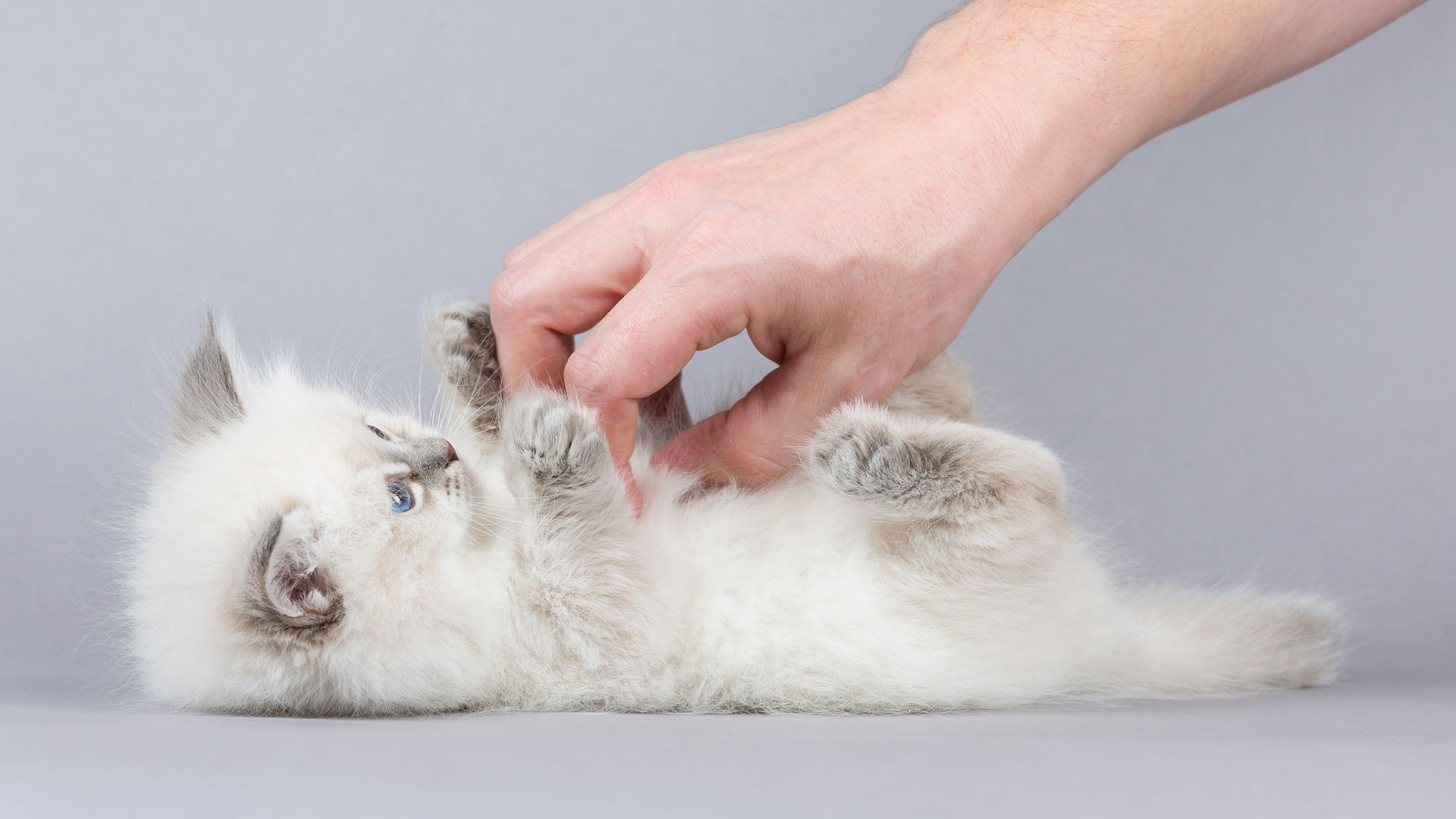
"Are cats ticklish?" is the sort of innocent line of inquiry that could land you in the ER if you're not careful. We all know that most cats enjoy being fussed, stroked, and petted to some extent, but tickling is a whole different matter – it can result in either delighted chirrupy purring or bites and lacerations.
Ticklishness is largely a human thing, and while some animals demonstrate a reaction to being tickled, for most of the animal kingdom, the jury is largely out. We have a tendency to project human behavior onto our furry pals, however, so it's not entirely surprising if you find yourself wondering whether cats are ticklish, or asking yourself things such as do cats dream? And, sometimes, the answer is yes, albeit not necessarily in the way we think of it.
So then, are cats ticklish? Do they enjoy being tickled? Which parts of them are most ticklish? Why does my cat bite me? And what's the best antiseptic for treating cat-related injuries? Read on to discover the answers to many of these questions.
- Best cat toys: Keep your kitty mentally and physically active
- Is your cat bored?
- Cat zoomies: what are they and why do cats get them?
What is ticklishness?
We all understand ticklishness as a concept from a young age, and so we have a pretty good idea as to whether we're ticklish or not. Ticklishness is a physiological reaction to mild stimulation across the skin, resulting in a variety of reactions from twitching to laughter and goosebumps.
There are actually two types of tickling; knismesis is the lighter form of tickling, such as being brushed with a feather, that generally provokes a subtle reaction. Gargalesis, meanwhile, is the more extreme form of tickling, usually involving the repeated application of pressure to sensitive areas. This type of tickling can result in hysterical laughter in some people and is sometimes far from pleasant.
So while many people and animals derive pleasure from the lighter knismesis form of tickling, when we talk about ticklishness we're more likely focused on the reaction to gargalesis. There's a lot we don't understand about ticklishness, including why it's impossible to tickle yourself, and we don't really know how many animals are ticklish.
Primates and rats are susceptible to gargalesis, although interestingly it's been found that adult female rats sometimes don't enjoy it. So what about cats?
Get the best advice, tips and top tech for your beloved Pets
Are cats ticklish?
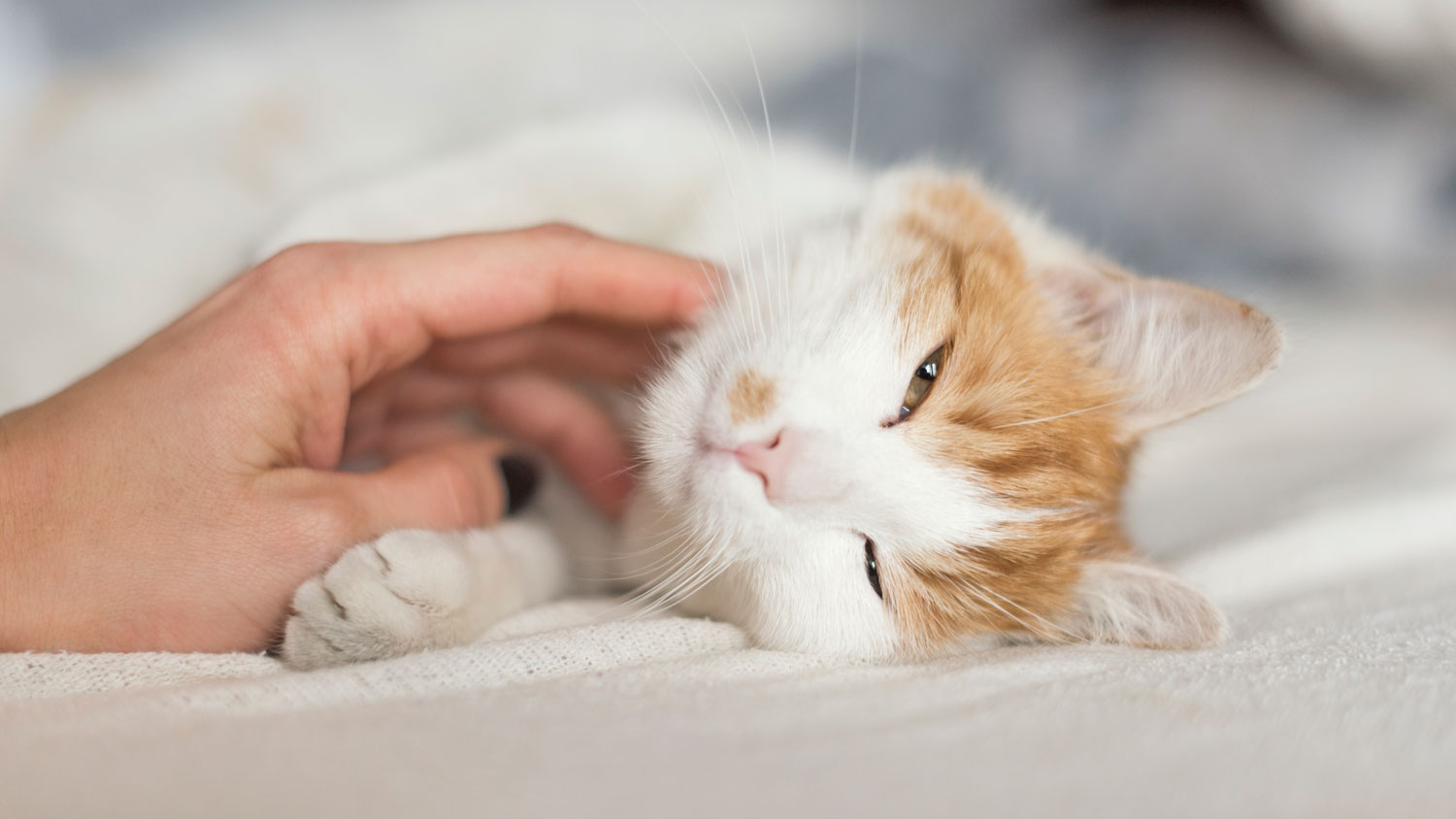
As far as knismesis goes, it's safe to say that most cats are ticklish in that respect. They definitely enjoy light touching and brushing across much of their body, while there are also parts of their bodies – often their paws or their inviting furry tummies – where they find even a light touch to be a bit much or even unpleasant.
However, it's much harder to say how they react to the more intense sensation of gargalesis because they're not wired to react in the same way as humans and primates. Basically, cats don't laugh, so that makes it a lot more difficult to gauge how they cope with being properly tickled.
Cats are, however, good at making it clear when they've had enough of something. Nearly every cat owner has been in a position where super-fun fuss time has suddenly become too much for kitty; an over-stimulated cat can be a dangerous thing.
It's often when you step things up from gentle strokes to more vigorous, tickle-like fuss that the ears go back and the claws come out. This suggests that they do experience something like ticklishness; though whether it's ticklishness as we understand it is impossible to say.
Do cats enjoy being tickled?
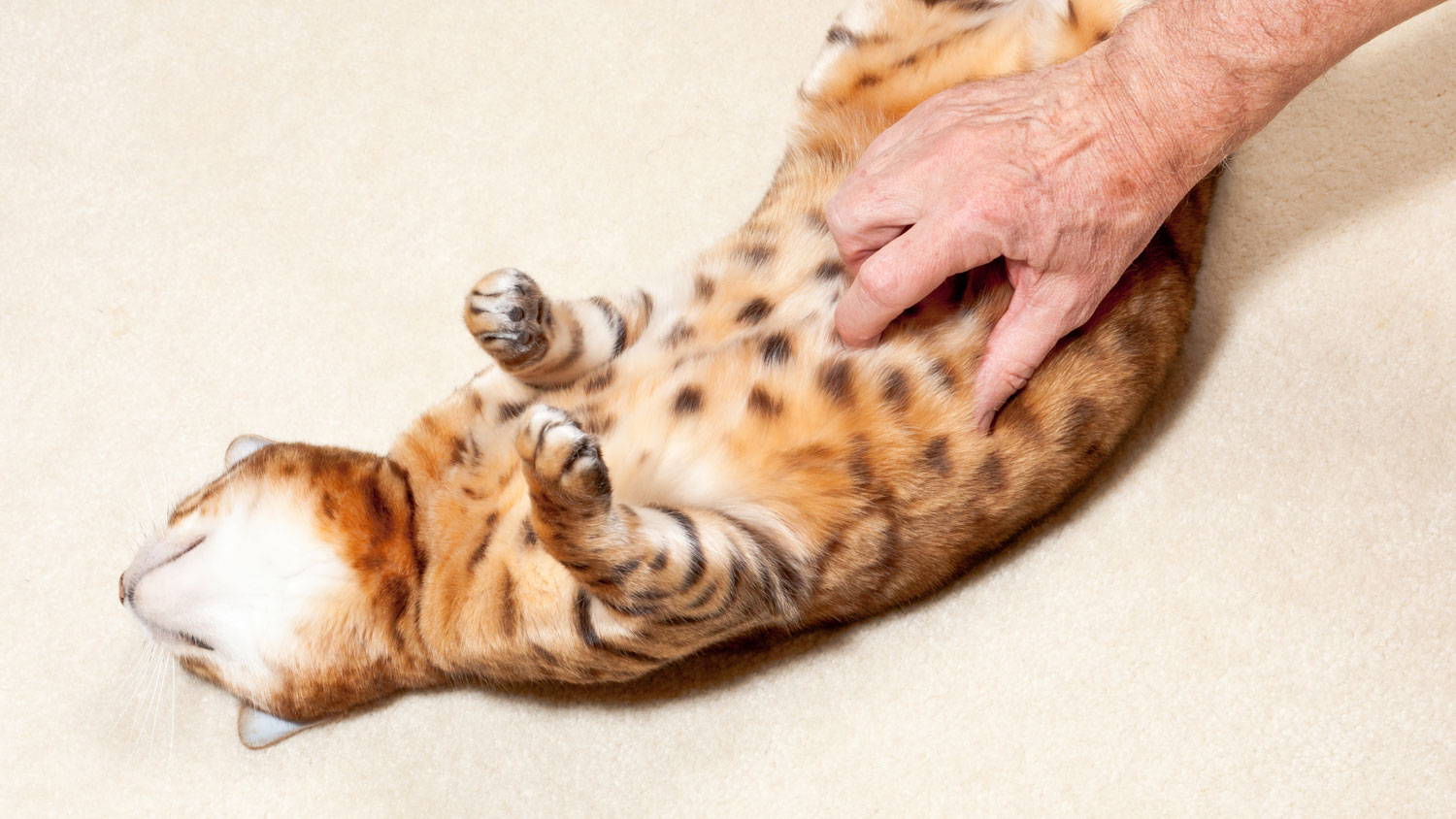
This is the bit where we point out that all cats have their own individual reactions to all manner of stimuli, and that there's no one-size-fits-all answer. When it comes to the lighter, more pleasurable sensation of knismesis, it's fair to say that the majority of cats enjoy being stroked and fussed, unless they’re not in the mood, of course.
And many cats thoroughly enjoy more vigorous attention akin to tickling, particularly if you're careful to judge their mood as you work your way up from a more relaxed petting session. Reactions such as purring – sometimes with an added chirrupy intonation – and rubbing up against you are a good sign that your cat is having a good time, as are reactions such as gentle tail movements and kneading with their front paws.
But reactions such as wide eyes, flat ears, and more agitated tail movements are a sign that things have stopped being fun – and that you'd better stop if you know what's good for you!
Where are my cat's most ticklish spots?
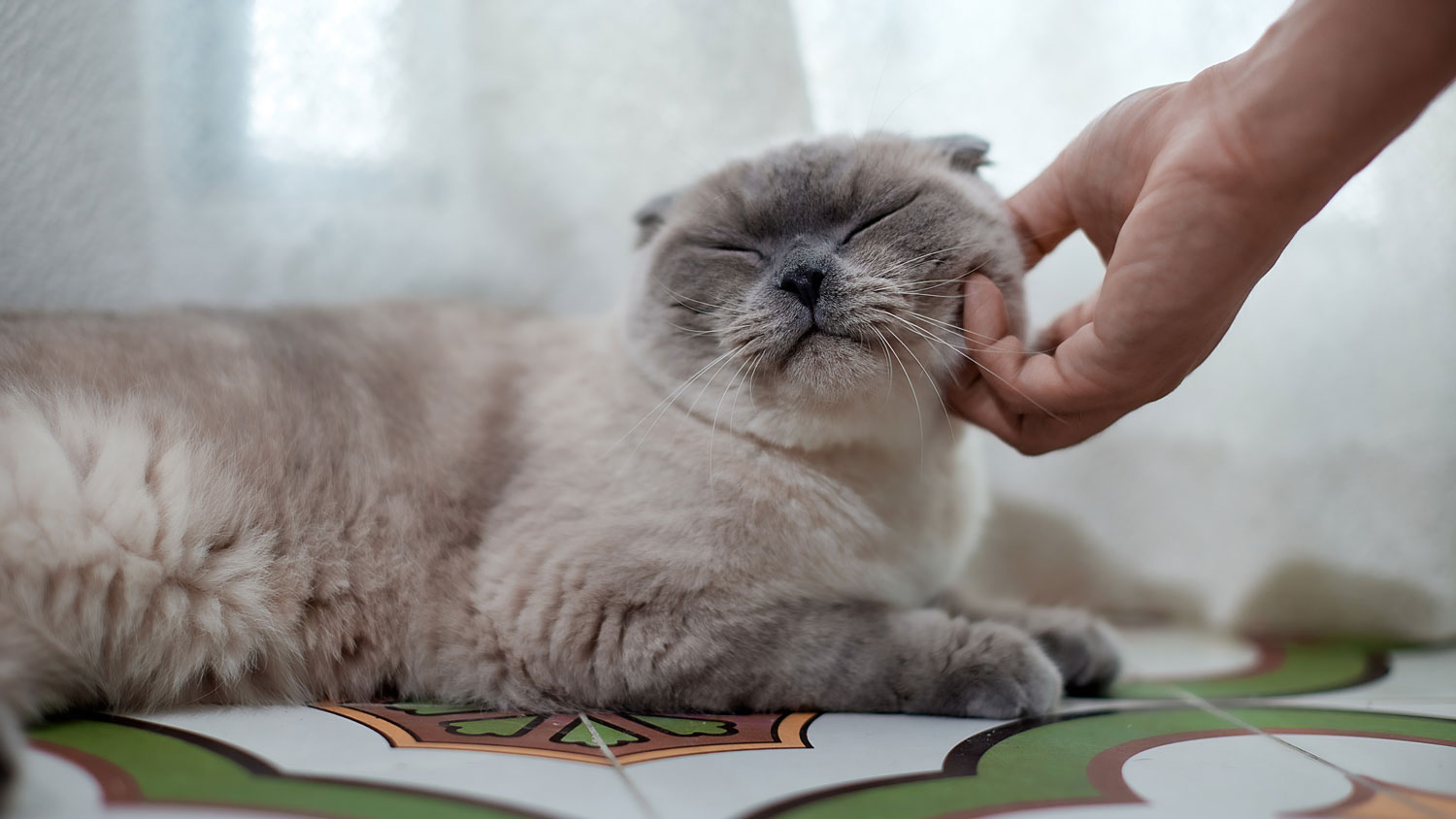
While we usually stroke our cats on the head or along their backs, their more ticklish spots tend to be the places they don't like us going to straight away, but appreciate it when we get there. Under the chin is a definite winner, as are their cheeks; these are the areas that cats will bump against when they're bonding with other cats, and they enjoy fuss in those areas, but after a while, they'll tend to make it clear that they've had enough.
Beyond the chin and cheeks, you can be getting into dangerous territory if you're looking for ticklish spots. Some cats enjoy a tickle under the armpits (and their positioning means that you're less likely to get scratched or bitten if your cat becomes over-stimulated), but the really ticklish spots are the belly and the paws.
We should all know by now that if a cat rolls over on its back and presents its belly to you, it's probably a trap; your cat is most likely displaying trust in you by presenting its most vulnerable spot, and you should repay that trust by not touching it. Put your hand there and you could quickly find all five of your cat's sharp ends hooked into it.
Build up to it, though, and your cat could come to appreciate a belly tickle; we'd advise using a teasing stick (or maybe the best cat brush) rather than your hand, and work down from the chest, which generally seems to be an acceptable tickling area, to the belly. Your cat will let you know if it's happy with this or not.
The same is true of paws. They are sensitive and most cats will recoil or even attack if you try and touch them. However, if you start with a light touch when they're relaxed, work with their reactions and build up from there, some cats come to really enjoy having their paws properly tickled.
One of our cats, Marmalade, absolutely loves having his back paws tickled and will roll over and splay his little toes in anticipation. However, I still need to keep a watchful eye out for his front paws, for when he's decided he's had enough.
Should I tickle my cat?
It depends entirely on your cat. If it enjoys fuss and attention, then a good tickle may be just what it likes, and it'll be sure to let you know if it doesn't. As we've mentioned, a teasing stick can be a good way to test your cat's ticklish spots and how happy it is for you to go anywhere near them.
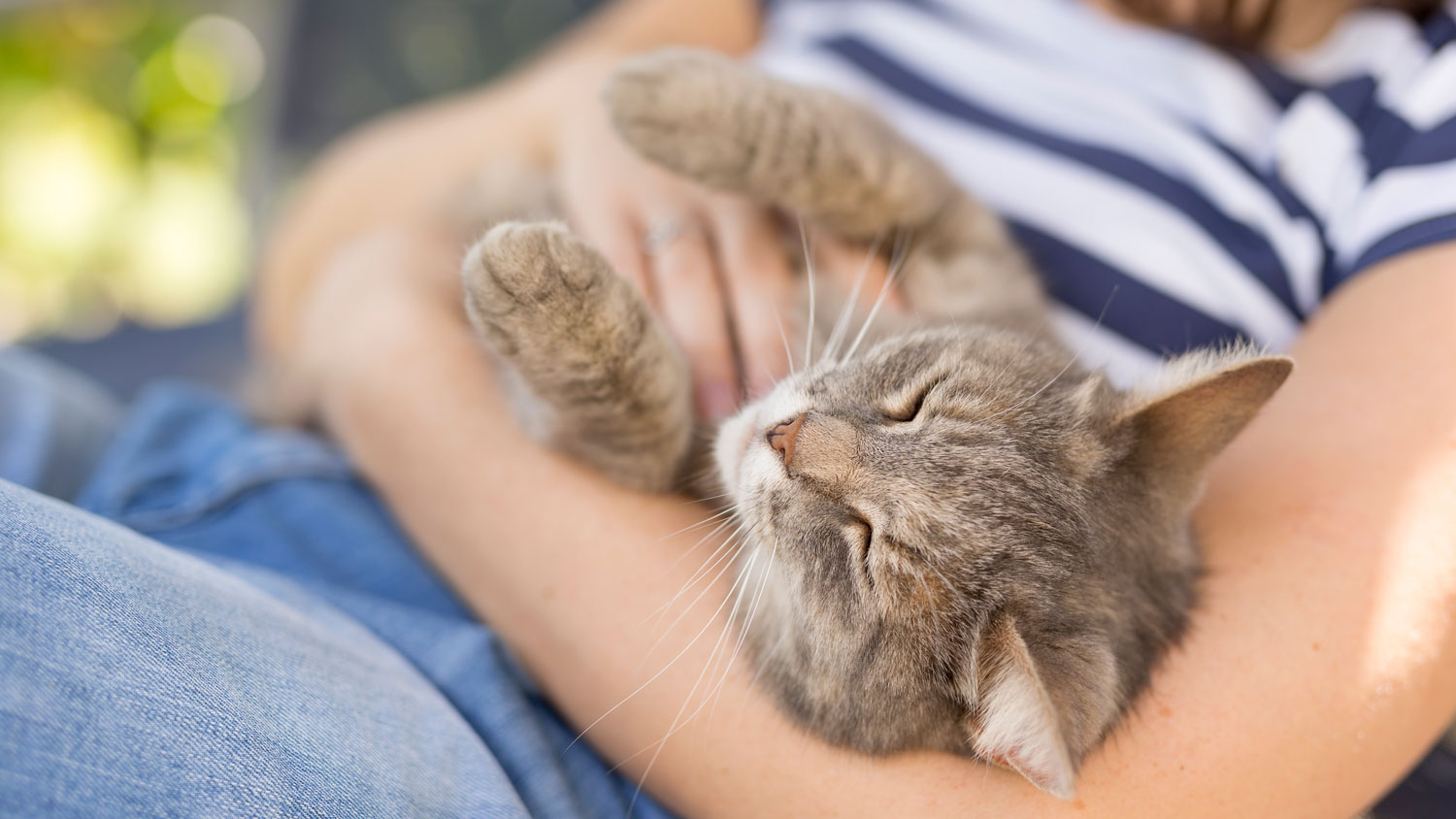
So, are cats ticklish? To all intents and purposes, yes, they do seem to be, and in some cases, they also enjoy being tickled. Bear in mind, though, that just as being tickled isn't always pleasant for humans (and has occasionally been used as a form of torture), it isn't always fun for cats, either.
Be aware of your cat's moods – and the obvious warning signs – if you're planning to raise your interaction game from gentle fuss to more vigorous tickling. Your cat may love a good tickle, or it may absolutely hate it; good luck finding out!
Read next: Can a cat laugh?
Jim is a writer, performer and cat-wrangler based in Bath, who last year adopted a pair of sibling rescue cats who turned out to be effectively feral, and has spent a lot of time since then trying to get them accustomed to people (some success) and each other (ongoing project).

